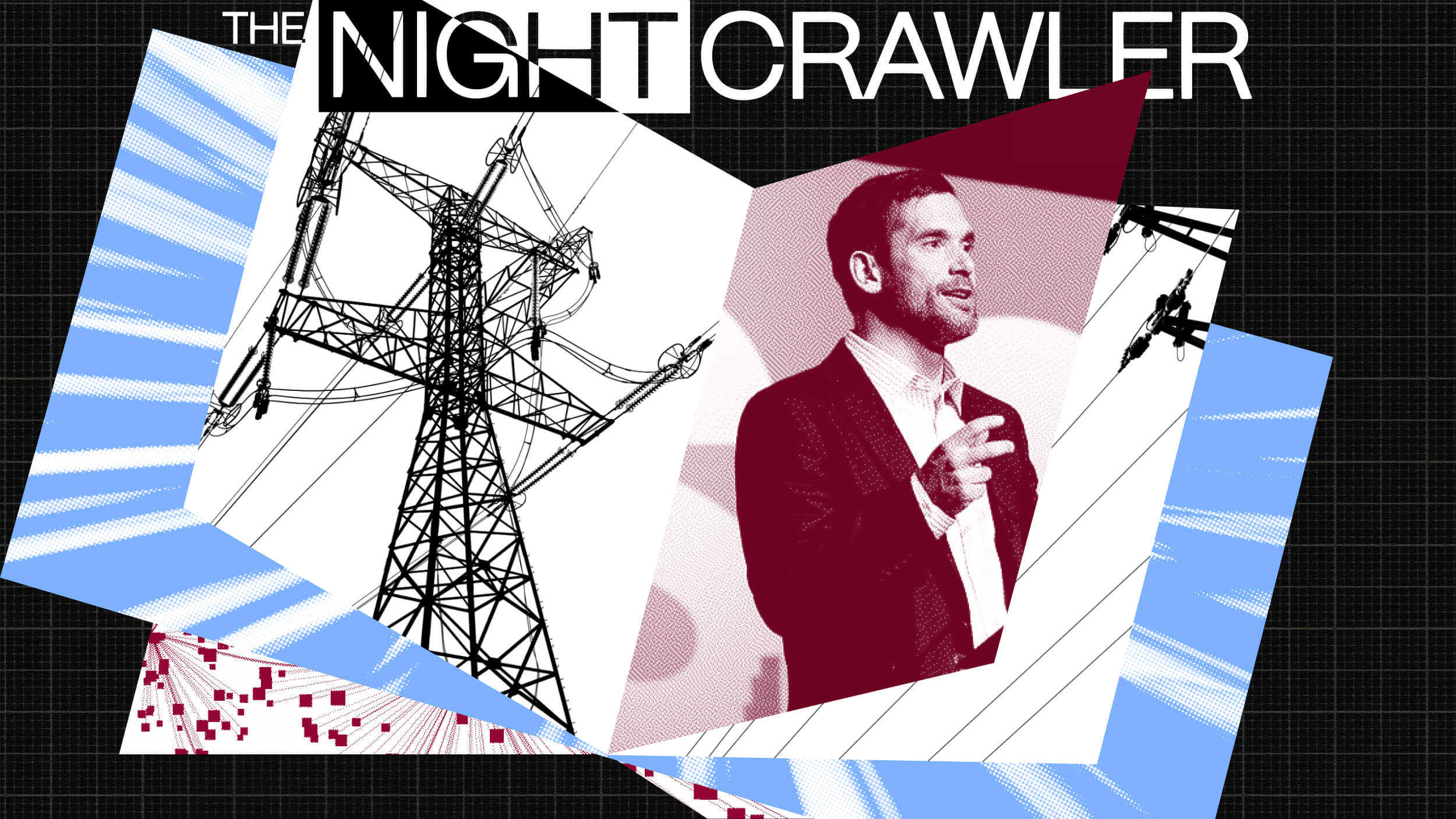Jane Hyun explains the importance of changing management style to fit an evolving workforce.
Jane Hyun: So, flex is the art of switching between leadership styles in order to better effectively communicate with people who are different from you, so different from you generationally, culturally and across the gender divide. It's about stretching your leadership style and not fundamentally changing who you are and about adapting to the people across from you so that you can get the best results.
Well, the workforce is changing and has been changing for a number of years. I believe multicultural workers make up 36 percent of the population. Women make up nearly half of the workforce and I think make up something like 70 percent of buying decisions and certainly millennials are increasingly a bigger part of the workforce as well. And so there are so many demographic changes that are impacting our workforce. I don't know if managers are always certain about how to work with this new workforce, how to better engage and motivate these new workers that are entering into the workforce. In addition to that there's a cost of not flexing. So for example, I think the Gallup study last year said something about 450 to $550 billion of loss due to disengaged employees. So you might have employees that you've hired into the organization that maybe had one foot out the door, that really don't feel motivated and engaged and don't feel like the organization is really speaking to them. And so for this and many reasons I think there's such a business case and an opportunity for an organization to create a value proposition for their employees if they can get this right.
The power gap is a pretty critical element in the art of flexing. The power gap is the amount of social distance that exists between yourself and people who are in positions of authority, and if you're the manager the distance that exists between yourself and your team members. So you can have a small power gap or a large power gap. If you have a small power gap, it's more of an egalitarian relationship where even as a manager you see yourself as more of a coach or as a guide and you have a very informal relationship with your colleagues. If you have a high power gap and you're the employee you see your leader as maybe more of an authority figure and there's a huge gap between yourself and that corner office. And so the way that we see the power gap play out in the workplace is pretty important. And as we think about the art of flexing, understanding the dynamics of the power gap, particularly as it relates to generational and cultural differences, can play a big part in your effectiveness.
So, as you work across these differences your goal then is to be a fluent leader. And a fluent leader is someone who can effectively manage those differences in the workplace to get the best business results. One of the traits of the fluent leader we found, and there's many traits, but one of the things that we want to focus on today is innovation and an ability to really see outside the box and bring out the voices of people who are on your teams who have different perspectives. And so I think of one example in Douglas Conant who was a former CEO of Campbell Soup Company, he spent some time as a CEO really looking at how do we increase customer engagement. He was hired at a time where some of those numbers were slipping and he really wanted to look at what were some of the voices that we really can connect to that haven't been heard to before. And so they spent a few years really looking at the voice of the woman customer. How do we make decisions about our product lines and service lines that can appropriately reflect what they're looking for? And he worked with Denise Morrison, who is now actually the CEO of the company, to come up with some ideas. And from those conversations the Healthy Request line was born. And so when I think about his example I think about how he bridged the power gap to flex his style, to ask the opinions of people who are always there but perhaps their voices weren't heard in the loudest form. And I love the fact that he incorporated those voices into the day-to-day business of how he ran the company.
Directed/Produced by Jonathan Fowler, Elizabeth Rodd, and Dillon Fitton





